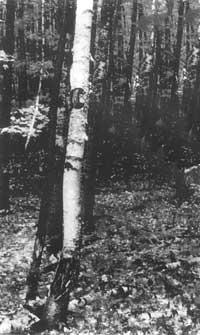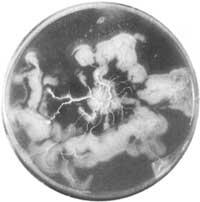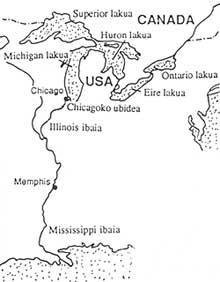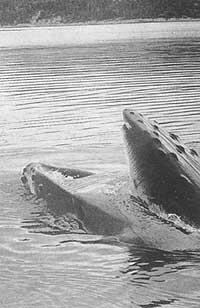100 ton mushroom
1992/09/01 Elhuyar Zientzia Iturria: Elhuyar aldizkaria

The fungus that weighs more than the blue whale and occupies more than 20 football fields is called "Armillari Bulbosa" and has been discovered in the North American state of Michigan, south of Lake Superior.
The age ranges from 1,500 to 10,000 years and its origin was a fine spore. This spore has been developed in the subsoil and has spread over 150,000 square meters.
This data has been collected thanks to research initiated in 1988 by Professor James Anderson and student Myron Smith of the University of Toronto Botany Department. This fungus, like everyone else, has spread into a circle and has developed until the mycelium consumes native fertilizers. According to the researchers, the fungus is about to reach its maximum size, as other fungi in the area form a barrier.

So far it was thought that there were many plants in an environment covered by "bulbous Armillari", but recent studies have shown that this fungus is the fruit of a single seed.
Thomas D, University of Berkeley, California. Researcher Bruns states: "People think that fungi are small beings, but in general they are the product of a seed developed in the subsoil."
This species of fungi is reddish, but the oldest specimens are black. It is edible and its common name is the "honey mushroom". According to researcher Anderson, in addition to edible, it is very good flavor.
With the spread of this news other similar ones have been known. For example, in the state of Washington they have found a "bulbous Armillaria", which occupies 6,000,000 square meters and feeds on native trees.
Of course, this natural phenomenon can cause serious problems to the company that exploits the forest, as it can run out of trees.


Gai honi buruzko eduki gehiago
Elhuyarrek garatutako teknologia






